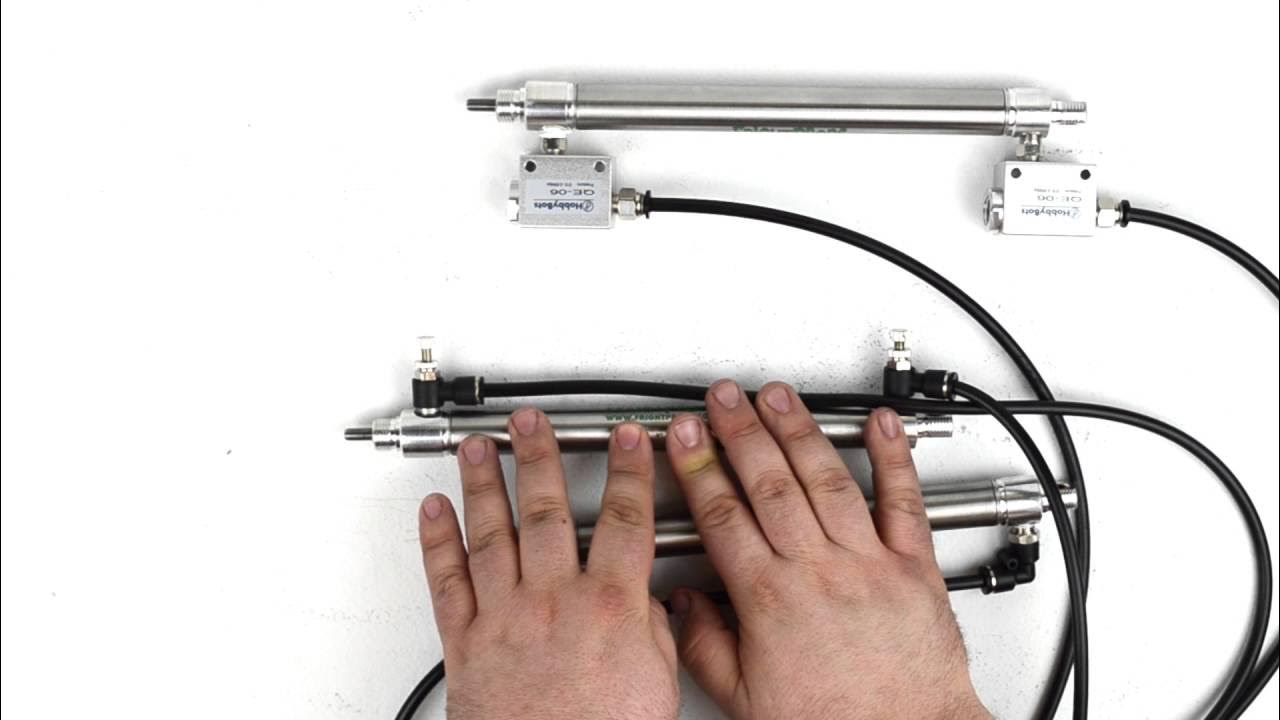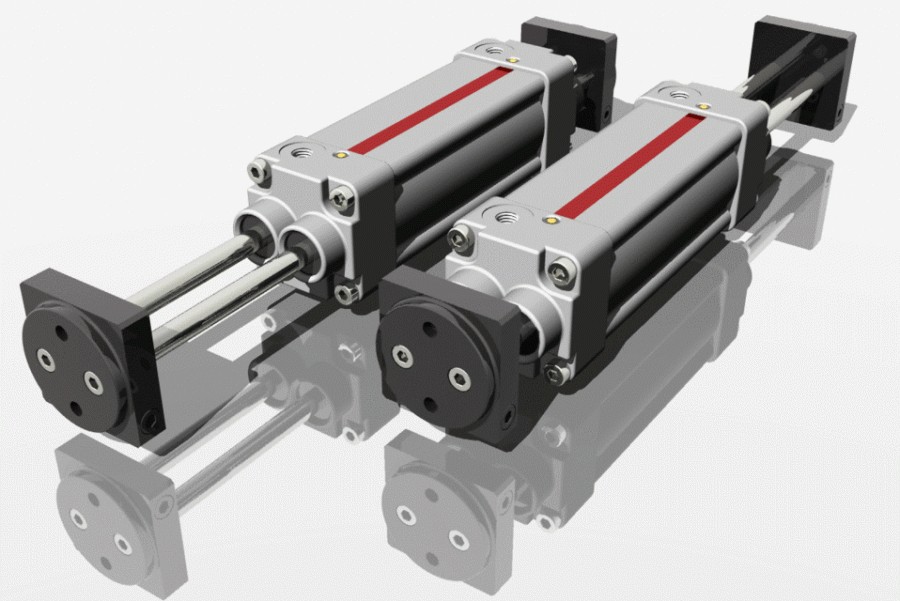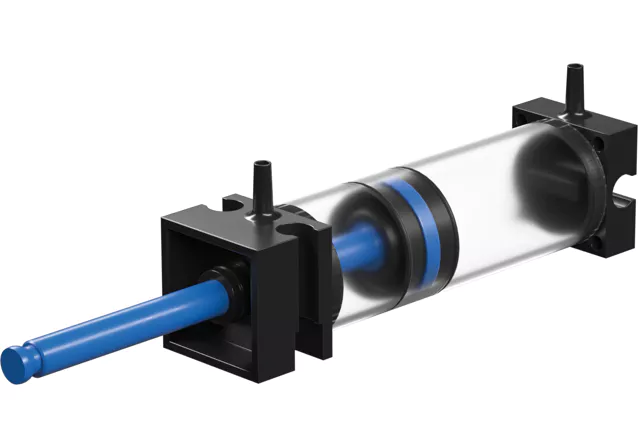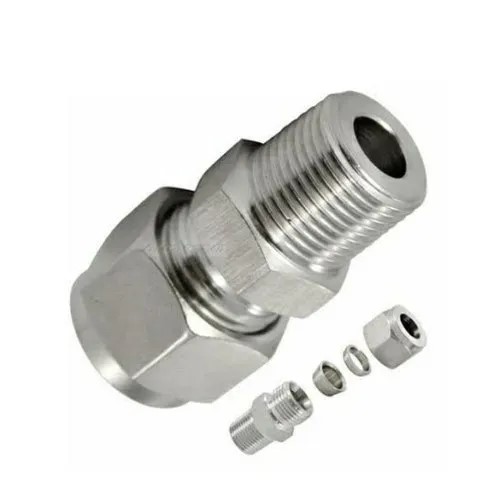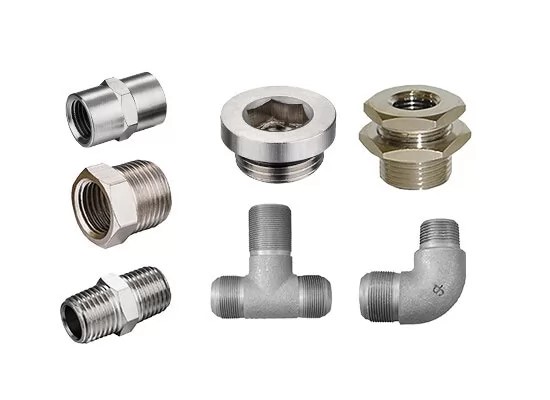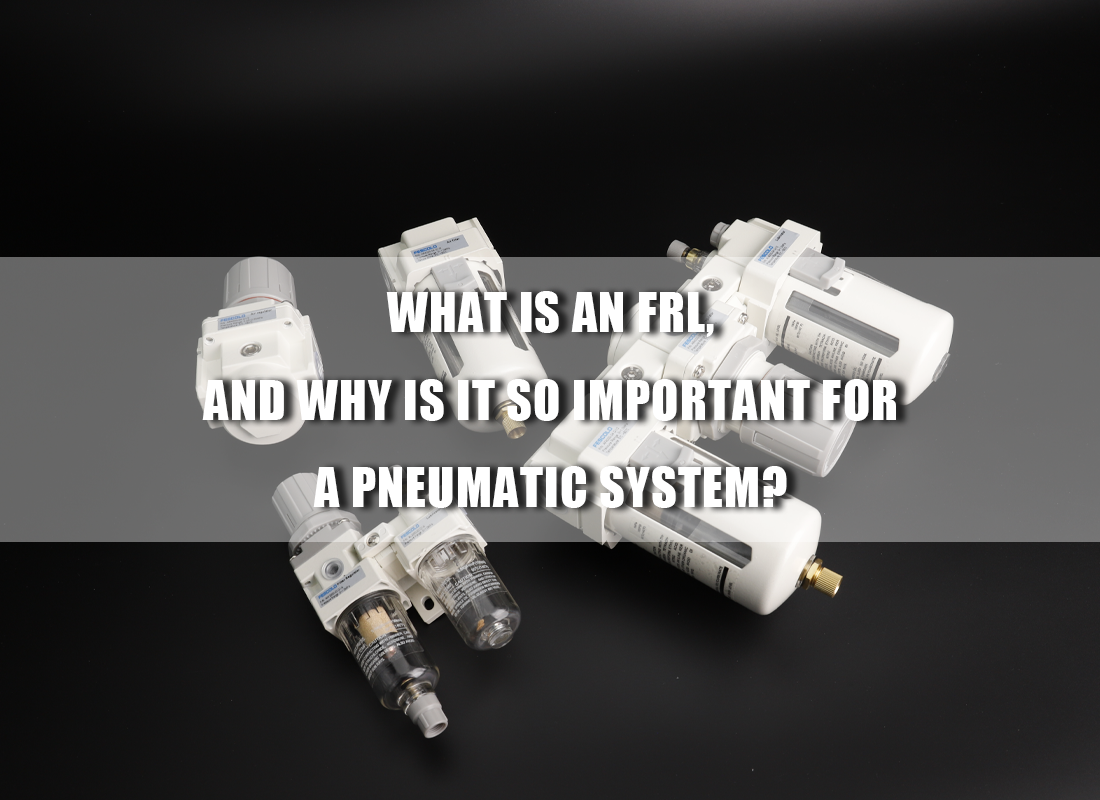The pneumatic air filter in an air treatment system is a key component for processing compressed air.
The air treatment system includes components such as the air filter, pressure regulator, lubricator, air dryer, oil-water separator, air receiver tank, safety valve and drain valve.These devices together provide filtering, pressure regulation, drying, and monitoring functions to maintain the quality of compressed air, optimize machine performance, and extend the service life of system components.
This article introduces compressed air filtration and treatment, the working principle of a pneumatic air filter, its types, and how to choose the appropriate air treatment components.
What is a pneumatic air filter?
The compressor air filter and dryer are pneumatic components that maintain compressed air quality.As the name implies, the filter is used to remove particles and moisture from the compressed air, while the dryer performs a deeper level of air drying.
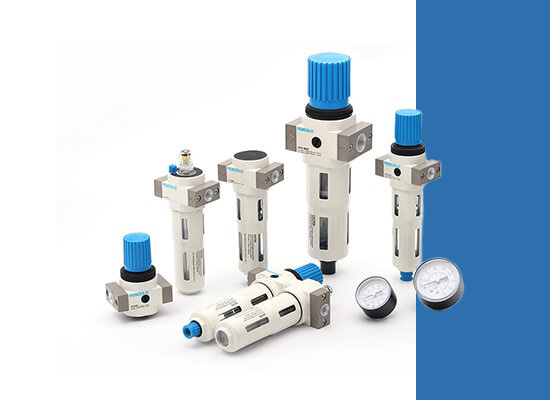
Advantages of using a pneumatic air filter in air system
◆ Improve Air Quality
The greatest advantage of a pneumatic air filter is its ability to effectively remove dust, solid particles, oil mist, and water droplets from compressed air, ensuring that the air entering the system is cleaner and more stable.
◆ Extend the Service Life of Pneumatic Components
Through the efficient filtration of the pneumatic air filter, impurities are prevented from entering precision components such as valves and cylinders, reducing wear and blockage, thereby extending equipment lifespan and lowering maintenance frequency.
◆ Enhance System Efficiency
Clean air filtered by the pneumatic air filter reduces internal resistance and sticking in pipelines, allowing the pneumatic system to respond faster, operate more smoothly, and achieve higher overall efficiency.
◆ Prevent Corrosion and Damage
The clean air provided by the pneumatic air filter prevents internal rust, corrosion, and scale buildup within the system, maintaining equipment reliability.Reduce Downtime and Maintenance Costs
Clean air minimizes system failure rates, lowers repair and replacement costs, and improves production continuity and operational stability.
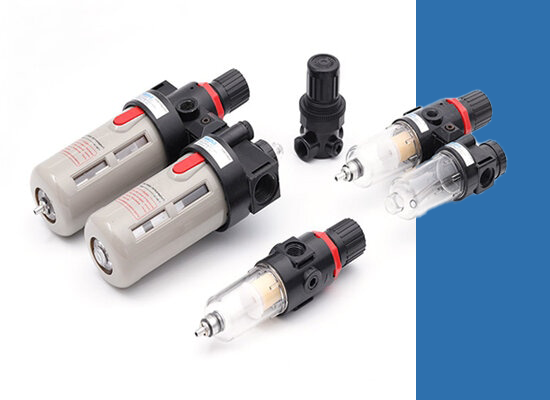
Functions
The pneumatic air filter is one of the components of the FRL unit, and it mainly performs the following functions:
Removes particulate impurities from compressed air to prevent damage to pneumatic components;
Separates and eliminates water droplets and oil mist to prevent liquid contamination and corrosion in the air circuit;
Provides a clean and stable air supply to ensure the pneumatic system operates efficiently and reliably.
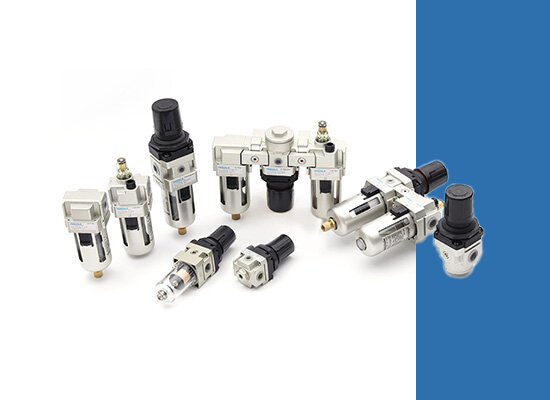
Structure and Working Principle of a Pneumatic Air Filter
Filter Body
The main structure of the filter, designed to withstand air pressure and contain the filter element, drainage system, and other components.
Filter Element
The core component that removes solid contaminants and part of the liquid water and oil from the air.Different types of filters mainly differ by the type of filter element used—coarse, fine, or ultra-fine—corresponding to different types of pneumatic air filters.
Drain Cup
Collects water droplets, oil, and impurities separated during the filtration process.
Drain System
Discharges the liquid accumulated at the bottom of the drain cup.
Seals & Fittings
Prevent air leakage and ensure airtightness.
Filtration Process
The air filter operates using mechanical filtration and centrifugal separation.
When compressed air enters through the inlet, it passes through a deflector that creates a swirling airflow.Because water has a higher density than compressed air, the water droplets are thrown toward the bowl wall by centrifugal force.
These droplets then flow down to the bottom of the bowl and can be discharged either manually or automatically.
After leaving the regulator, the compressed air passes through the filter.Depending on the filter precision, solid particles larger than a certain size are retained.
Fokca provides two standard filtration grades: 40 μm and 5 μm.Using a 40 μm filter can produce compressed air that meets Fokca’s recommended minimum quality level of 7:4:4.
Fine Filter
If a higher compressed air quality is required, finer filters must be used.
In such cases, filtration should be carried out in multiple stages.For example, if the application requires that only particles smaller than 1 μm remain in the compressed air, larger particles should first be captured in stages, such as 40 μm and 5 μm filters.
Otherwise, all particles larger than 1 μm would accumulate on the ultra-fine filter, quickly saturating it and causing a high pressure drop.Therefore, filters are often equipped with a differential pressure indicator to monitor filter saturation.
When the pressure difference becomes too high, the indicator changes from green to red.
High Flow
Filters inevitably increase resistance to compressed air, thereby reducing throughput or flow rate.To minimize this effect, “high flow” filters can be used.These type of Pneumatic filter elements have a larger filtration area, which reduces the impact on flow rate—though it requires more installation space.
Activated Carbon Filter
To achieve the highest quality level by removing oil and aerosols, an activated carbon filter can be used.Oil molecules adhere to the activated carbon surface through adsorption at the molecular level,using an activated carbon filter, the oil content can be reduced to 0.003 mg/m³.
The pneumatic FRL unit is the core air preparation unit of an industrial pneumatic system, ensuring stable operation and long service life of downstream actuators through filtration, pressure regulation, and lubrication. Fokca Automation is a manufacturer capable of producing high-quality FRL units, with strong R&D capabilities, comprehensive testing, a rich product line, and extensive industry experience, providing customers with safe, efficient, and reliable pneumatic solutions. If you are interested, feel free to contact us directly!






